Rising Demand in Electronics
The Glass-like Carbon Market is experiencing a notable increase in demand from the electronics sector. This material's unique properties, such as high thermal stability and electrical conductivity, make it particularly suitable for applications in semiconductors and electronic components. As the electronics industry continues to expand, driven by advancements in technology and consumer electronics, the need for high-performance materials like glass-like carbon is likely to grow. Recent estimates suggest that the electronics sector could account for a significant portion of the overall market share, potentially exceeding 30 percent by 2026. This trend indicates a robust future for the Glass-like Carbon Market, as manufacturers seek materials that enhance performance and reliability in electronic devices.
Growth in Aerospace Applications
The aerospace sector is increasingly recognizing the advantages of glass-like carbon, which is driving growth in the Glass-like Carbon Market. The material's lightweight nature and exceptional mechanical properties make it an ideal choice for aerospace components, where weight reduction is critical for fuel efficiency and performance. Recent data indicates that the aerospace industry is projected to grow at a compound annual growth rate of approximately 4.5 percent over the next five years. This growth is likely to spur demand for advanced materials, including glass-like carbon, as manufacturers strive to meet stringent performance and safety standards. Consequently, the Glass-like Carbon Market stands to benefit from this upward trajectory, as aerospace companies seek innovative solutions to enhance their product offerings.
Advancements in Manufacturing Techniques
Innovations in manufacturing techniques are playing a pivotal role in shaping the Glass-like Carbon Market. The development of advanced production methods, such as chemical vapor deposition and laser sintering, has enabled the creation of high-quality glass-like carbon products with enhanced properties. These advancements not only improve the material's performance but also reduce production costs, making it more accessible to various industries. As manufacturers adopt these new techniques, the Glass-like Carbon Market is likely to witness an influx of new applications and products. This evolution in manufacturing is expected to drive competition and foster innovation, ultimately benefiting end-users who seek high-performance materials for their applications.
Environmental Regulations and Compliance
The Glass-like Carbon Market is increasingly influenced by stringent environmental regulations and compliance requirements. As industries face pressure to adopt sustainable practices, materials that offer both performance and environmental benefits are gaining traction. Glass-like carbon, known for its durability and recyclability, aligns well with these sustainability goals. Recent regulatory frameworks emphasize the need for materials that minimize environmental impact, which could drive demand for glass-like carbon in various applications. This shift towards compliance with environmental standards is likely to create new opportunities for the Glass-like Carbon Market, as manufacturers seek materials that not only meet performance criteria but also adhere to sustainability mandates.
Increasing Investment in Research and Development
Investment in research and development is a critical driver for the Glass-like Carbon Market. As industries recognize the potential of glass-like carbon, funding for R&D initiatives is on the rise. This investment aims to explore new applications and improve existing products, thereby expanding the market's reach. Recent reports indicate that R&D spending in materials science is expected to grow by approximately 5 percent annually, reflecting a broader trend towards innovation in advanced materials. This focus on R&D is likely to yield breakthroughs that enhance the properties of glass-like carbon, making it even more attractive to various sectors, including automotive, electronics, and aerospace. Consequently, the Glass-like Carbon Market is poised for growth as new applications emerge from these research efforts.


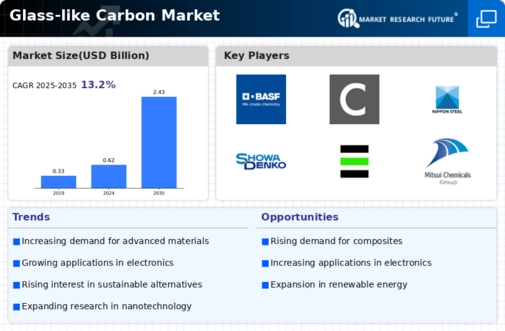
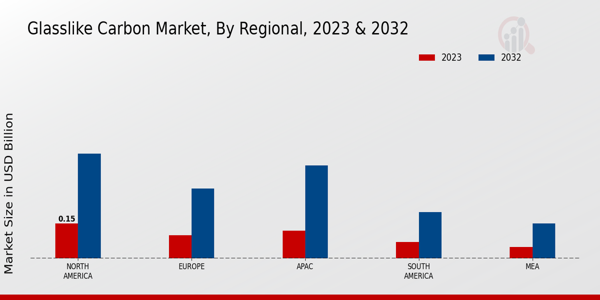
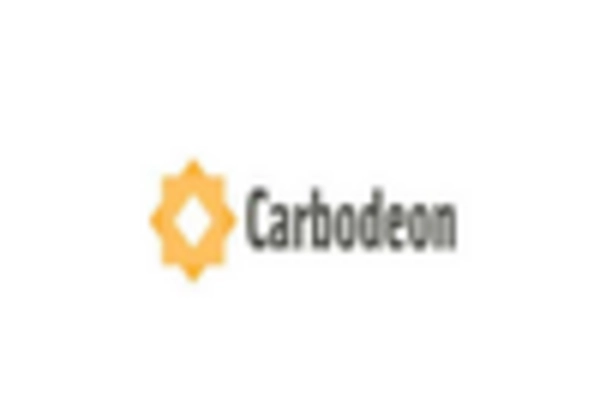
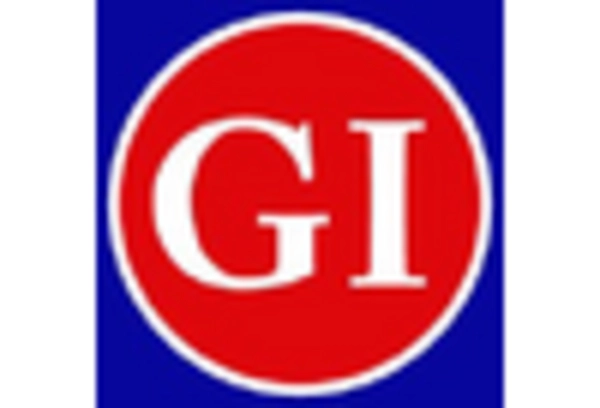
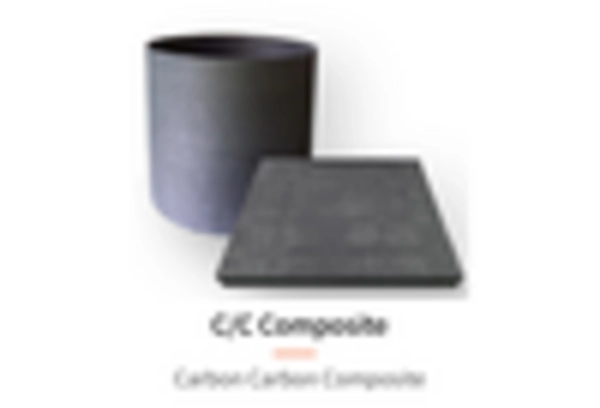
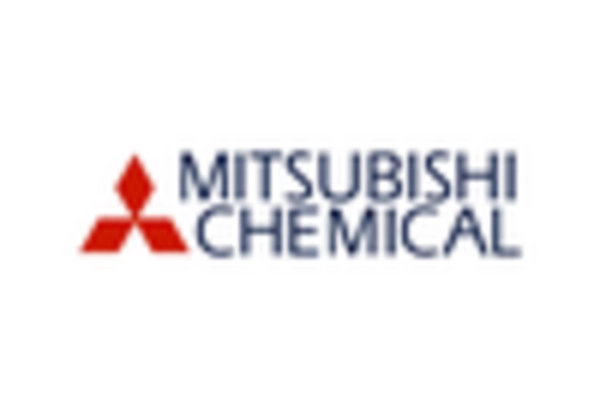
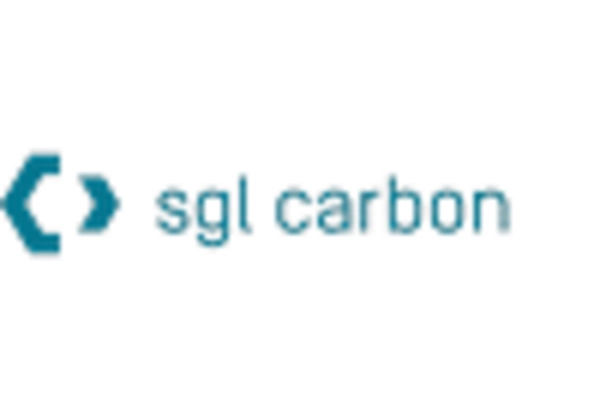
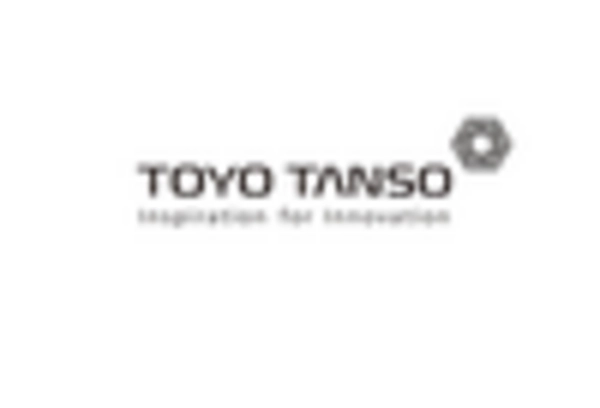








Leave a Comment